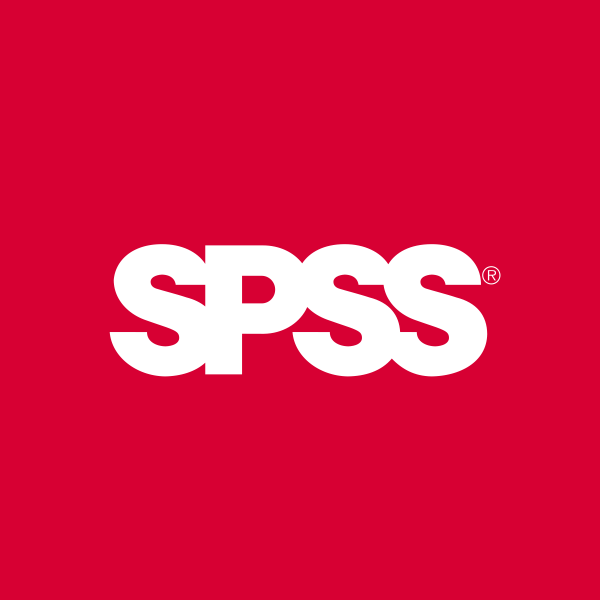IBM SPSS Direct Marketing
Two minute module overview
What’s in the Direct Marketing module?
IBM SPSS Direct Marketing helps you understand your customers in greater depth, improve your marketing campaigns and maximize the ROI of your marketing budget.Conduct sophisticated analyses of your customers or contacts easily – and with a high level of confidence in your results. Choose from recency, frequency and monetary value (RFM) analysis, cluster analysis, prospect profiling, postal code analysis, propensity scoring and control package testing.
The software’s intuitive interface enables you to:
- Identify which customers are likely to respond to specific promotional offers
- Develop a marketing strategy for each customer group
- Compare the effectiveness of direct mail campaigns
- Boost profits and reduce costs by mailing only to those customers most likely to respond
- Prevent spam complaints by monitoring the frequency of e-mails sent to each customer group
- Select potential business locations
- Connect to Salesforce.com to extract customer information, collect details on opportunities and perform analyses
- Operating systems supported: Windows, Mac, Linux
The Direct Marketing option is designed to provide an easy-to-use ‘one-stop shop’ for analysts working within a direct marketing context. As such, IBM SPSS Direct Marketing helps users to understand their customers in greater depth, improve marketing campaigns and maximize the ROI of their marketing budget. SPSS Direct Marketing provides a number of pre-packaged procedures for common direct marketing applications such as RFM analysis, segmentation, simple rule induction, segmentation, basic AB testing and postcode selection. Furthermore, the Direct Marketing dialog for selecting a technique also provides a shortcut to the Scoring Wizard, which allows users to score data based on an existing predictive model.
The IBM SPSS Direct Marketing module includes the following functionality:
- RFM Analysis. This technique identifies existing customers who are most likely to respond to a new offer by ranking them in terms of the recency of their last transaction, their frequency of purchase and their monetary value in terms of historical revenue.
- Cluster Analysis. This is an exploratory tool designed to reveal natural groupings (or clusters) within your data. For example, it can identify different groups of customers based on various demographic and purchasing characteristics.
- Prospect Profiles. This technique uses results from a previous or test campaign to create descriptive profiles. You can use the profiles to target specific groups of contacts in future campaigns.
- Postal Code Response Rates. This technique uses results from a previous campaign to calculate postal code response rates. Those rates can be used to target specific postal codes in future campaigns.
- Propensity to Purchase. This technique uses results from a test mailing or previous campaign to generate propensity scores. The scores indicate which contacts are most likely to respond.
- Control Package Test. This technique compares marketing campaigns to see if there is a significant difference in effectiveness for different packages or offers.
Buy the Direct Marketing module online
-
 IBM SPSS Direct Marketing Concurrent User Fixed Term License + SW Subscription & Support 12 Months£2,121.00
IBM SPSS Direct Marketing Concurrent User Fixed Term License + SW Subscription & Support 12 Months£2,121.00 -
 IBM SPSS Direct Marketing Authorized User Fixed Term License + SW Subscription & Support 12 Months£842.00
IBM SPSS Direct Marketing Authorized User Fixed Term License + SW Subscription & Support 12 Months£842.00 -
 IBM SPSS Direct Marketing Concurrent User Perpetual License + SW Subscription & Support 12 Months£4,796.00
IBM SPSS Direct Marketing Concurrent User Perpetual License + SW Subscription & Support 12 Months£4,796.00 -
 IBM SPSS Direct Marketing Authorized User Perpetual License + SW Subscription & Support 12 Months£1,911.00
IBM SPSS Direct Marketing Authorized User Perpetual License + SW Subscription & Support 12 Months£1,911.00

